Photography
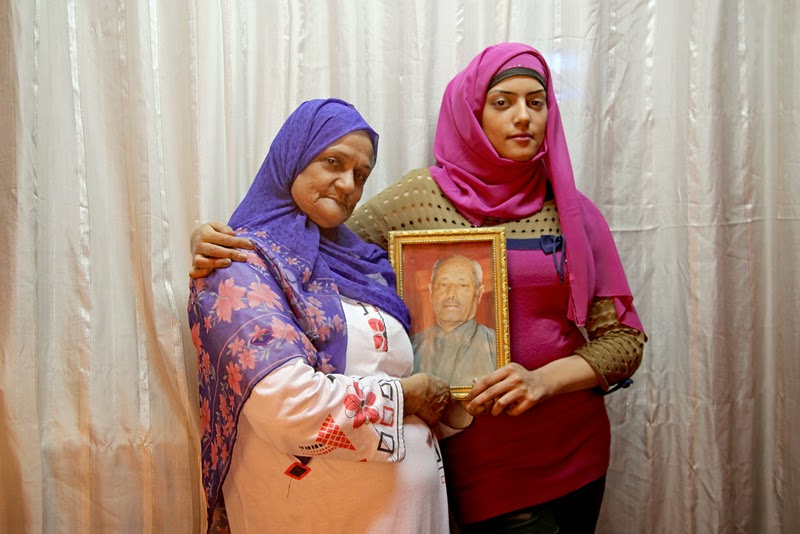
Sight
Photo series, Cairo, 2012
From dimness to total darkness, they live. This is the reality for some individuals of varying ages who partially or completely lost their sight—a precious sense—during the Egyptian uprising of 2011. In this photo series, they have chosen to be photographed alongside a loved one, deciding on their preferred position and corner within their home.
During the uprising, there were approximately a thousand cases of eye injuries.
More »
————————-

Extension
Photo series, Cairo, 2006-2011
The colorful yet empty buildings, scattered across the sand, are recently constructed but remain deserted or barely inhabited, waiting to come alive. These mostly systematic developments are projected to become part of the metropolis in the future. The images are captured at night under the diffused glow of streetlights or during the fading light of dusk. In this eerie atmosphere, the empty dwellings appear to have black holes for windows in their facades, their outlines cutting through the dark expanse of the sky. Palm trees and shrubs, now rooted in a new soil, envelop what were once vacant piles of sand.
This photo series captures a fragment of Cairo’s relentless expansion, showcasing the city’s constant growth.
More »
————————-

Local Star
Photo series, Cairo, 2009-2010
This photo series began with an announcement inviting individuals who dreamed of becoming stars: “Kindly attend the photo session in your most splendid look.” In an empty studio, each participant chose a pose that reflected either their self-perception or their ideal of stardom. They then shared their vision of what their star poster should look like, selecting the direction of the digital background—its shapes, colors, and atmosphere.
More »
————————-
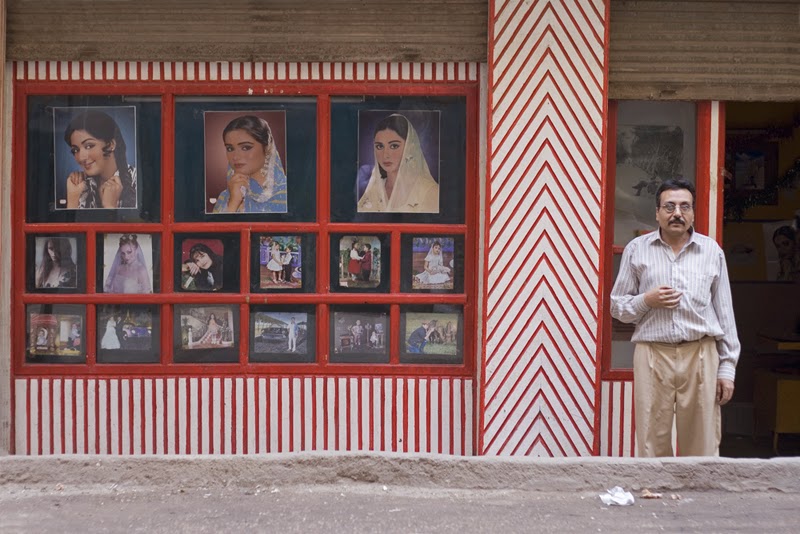
Shop – Abutting
Photo series, Cairo, 2009
This series captures owners and workers standing in front of their small private shops. These spaces often serve as a second home, as they spend most of their time there. This close connection sometimes creates a visual resemblance between the individuals and their shops.
The photos were taken in Ard El Lewa, a neighborhood in Cairo known for its long, narrow streets lined with tall residential buildings on both sides. These streets are densely packed with shops, one after another, each side bustling with diverse commercial activities. The photo series was exhibited at the ArtElLewa contemporary art showroom, nestled among these very shops.
More »
————————-
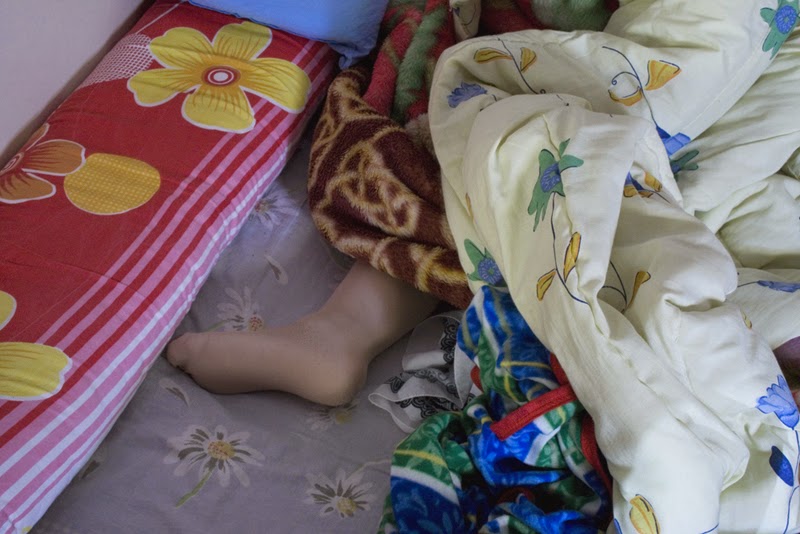
Deep Sleep
Photo series, Cairo, 2008
This series captures private sleeping spaces; some images reveal covered faces and body limbs in their passive, sleeping state, enveloped in darkness. Others depict abandoned sleeping spots, with rumpled layers of bedding visible under daylight.
The series reflects on the various ways images can be interpreted. These images may evoke a collective memory of a specific time and place, shaped by the overwhelming volume of images we are constantly exposed to.
These photographs were taken in Cairo and are visually influenced by the scenes of mass destruction and lost homes in Gaza during 2008. They provoke profound reflections on the meaning of helplessness and inactivity in the face of such imagery.
More »
————————-
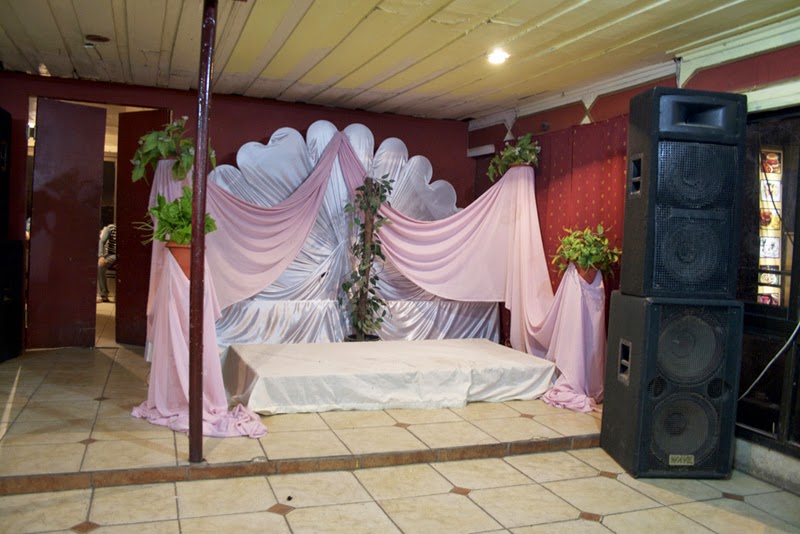
Dreamy Day
Photo series, Cairo, 2004-2008
Preconceived notions of self-image reinforce an idealized vision of social identity. In many societies, this dynamic is vividly expressed in wedding events, such as those in Cairo. For the bride, groom, and their families, it is essential to create a representative and dreamlike day.
This series focuses on the representations of diverse cultural and socio-economic backgrounds. The overall scenes capture the wedding atmosphere, which varies significantly depending on social class or religion. Close-up images highlight the ritualized actions, gestures, and the appearance of the bride and groom.
The effort to preserve this moment is evident through the extensive presence of photo and video coverage. However, the focus on capturing and recording every detail often overshadows the unique, cherished nature of the event. In some cases, the documentation of the ceremony becomes more important than the ceremony itself.
More »
————————-

Family Portraits
Photo series, Cairo, Berlin, Istanbul and Amsterdam, 2003-2008
Family members, within the privacy of their own homes, have chosen to gather in their living rooms and present themselves to the outside world.
Preconceived notions of self-image reinforce an idealized vision of social identity. This creates a blend of what is commonly “known” and what is uniquely individual. These elements offer insights into the residents and their lives, serving as markers of their social and cultural backgrounds. The ways in which these spaces are arranged, and how people assemble and present themselves, reflect the tastes and habits of specific social classes, representing the image they aspire to project.
This series explores domestic and social structures, as well as the visual characteristics of different social groups.
More »
————————-
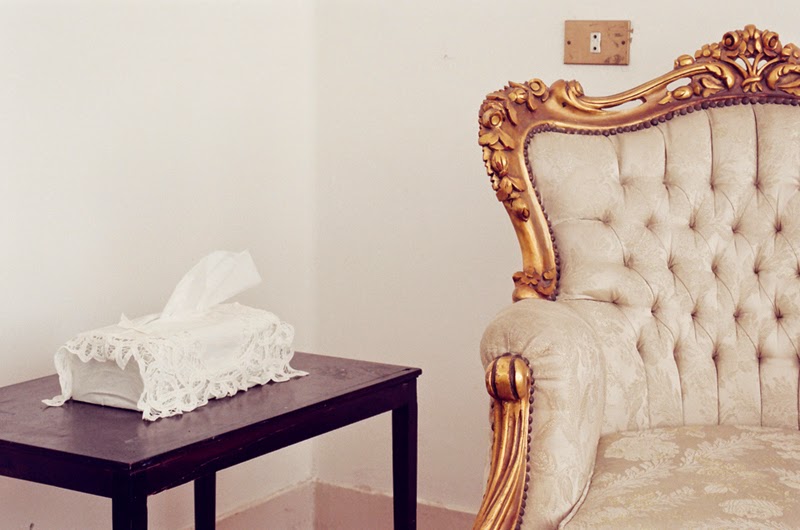
Home – The Self
Photo series, Cairo, 2003-2008
A home and its interiors are filled with visual fragments of personal histories, tastes, and aspirations. In other words, a home can reveal insights into its residents and their lives, serving as a marker of their social and cultural background—and, most importantly, as a refuge and a reinforcement of identity.
More »